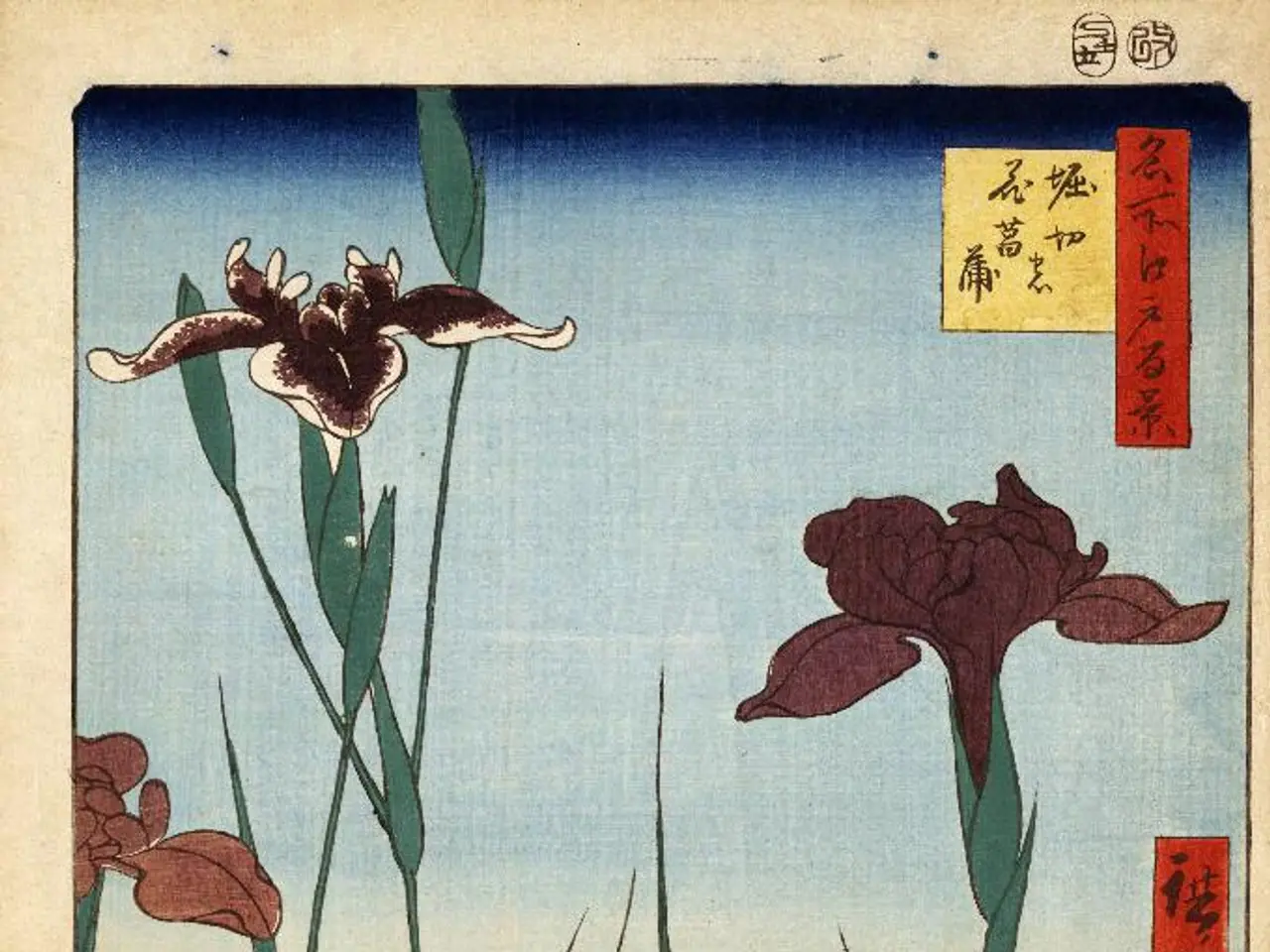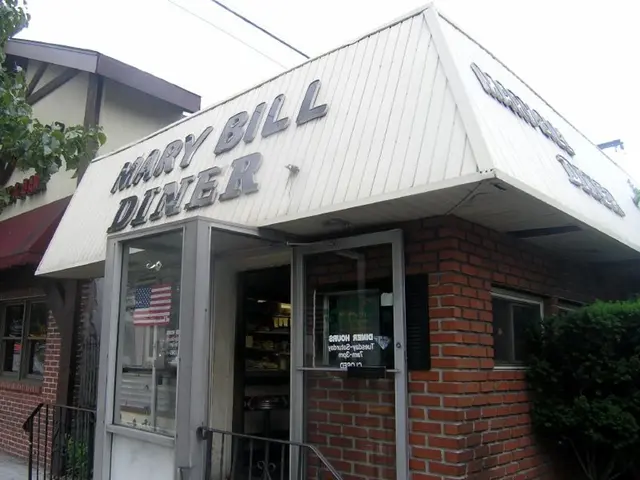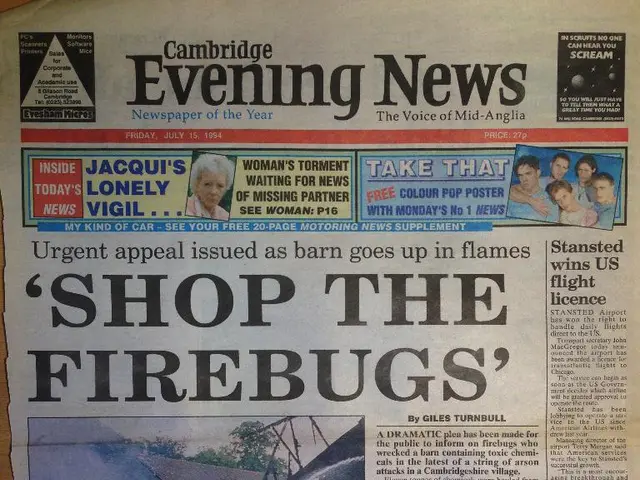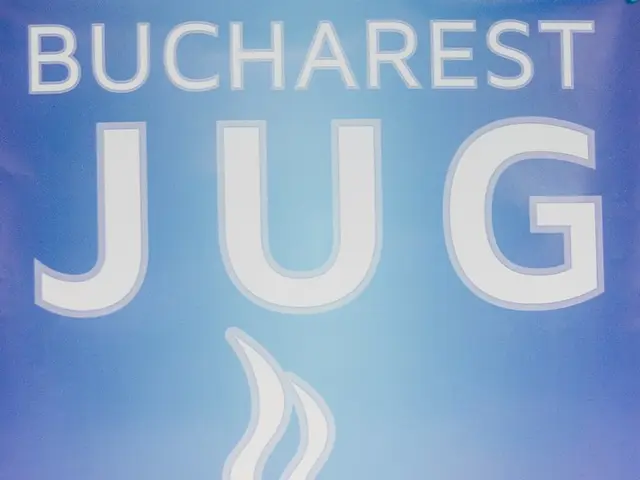Guide for Creating a Certified Pollinator Garden: Transform Your Backyard into an Official Pollinator Sanctuary
In today's world, the health of our pollinators is under threat. Bee numbers have been dwindling, and other pollinators are at risk due to factors such as pesticide use, invasive species, and climate change. However, there's a simple yet impactful solution that each one of us can contribute to – creating and certifying a pollinator garden.
A certified pollinator garden is more than just a beautiful display of flowers. It's a space designed to support local pollinators, contributing to the biodiversity and conservation efforts in your area. To qualify for certification, a garden typically must include at least three species of perennial native flowering plants, providing nectar sources that bloom sequentially or continuously throughout the growing season.
The garden should be maintained without the use of chemicals, and it should support pollinator habitat through natural practices such as leaving fallen leaves, dried flowers, tall grass, and brush piles over winter to provide shelter for pollinators. This approach ensures that the garden meets ecological standards beneficial to pollinators and connects your efforts with broader conservation initiatives.
By obtaining certification, you can gain recognition from organisations such as the Adirondack Pollinator Project, which may add your garden to a registry. You'll also be able to display a "Pollinators Welcome" yard sign, signaling community support for pollinator health.
The benefits of certifying your garden extend beyond personal recognition. By providing essential habitat and food sources for pollinators, you're supporting the natural pollination of plants, which can improve garden productivity and environmental health. This, in turn, means more flowers, fruit, and vegetables if you grow them.
If you're unsure about how to get started, many extension offices offer certification through the master gardener program and provide specific guidelines, including the types of native plants that best support pollinators in your area.
A pollinator habitat must include food sources, a water source, shelter and nesting areas, minimal or no pesticide use, and control of invasive species. By creating such a habitat, you're not only protecting and supporting the local ecosystem and its wildlife but also reducing water consumption and improving natural and biological control of pest species.
So, let's make a difference, one garden at a time. By certifying your garden as a pollinator haven, you're becoming a part of the solution and increasing the number of pollinators in your community. Together, we can help preserve and nurture our precious pollinator populations for future generations.
Remember, there is no single pollinator certification. Check with your local extension office for a certification relevant to your area and start your pollinator garden journey today!
[1] Source: Adirondack Pollinator Project [4] Source: National Wildlife Federation
- Transforming your garden into a certified pollinator garden, as advocated by the Adirondack Pollinator Project, can offer numerous benefits – not only does it contribute to the recovery and conservation of local pollinator populations, but it also enhances the biodiversity of your surrounding environment.
- Adopting an environmental-science approach to gardening by creating a pollinator-friendly home and garden can have far-reaching consequences for the health of our ecosystem, as reduced pesticide use, natural practices, and the introduction of native plants promote a thriving environment that nurtures a multitude of species, including pollinators.




